
Understanding Polyester Staple: The Key Ingredient in a $540 Billion Global Textile Industry
In the expansive landscape of the global textile industry, which is valued at an impressive $540 billion, understanding the intricate components that fuel its growth is crucial. Among these, "Polyester Staple" emerges as a key ingredient, playing a pivotal role in the production of a diverse range of fabrics and garments. This versatile fiber not only enhances the durability and functionality of textiles but also meets the growing consumer demand for sustainable and cost-effective materials.
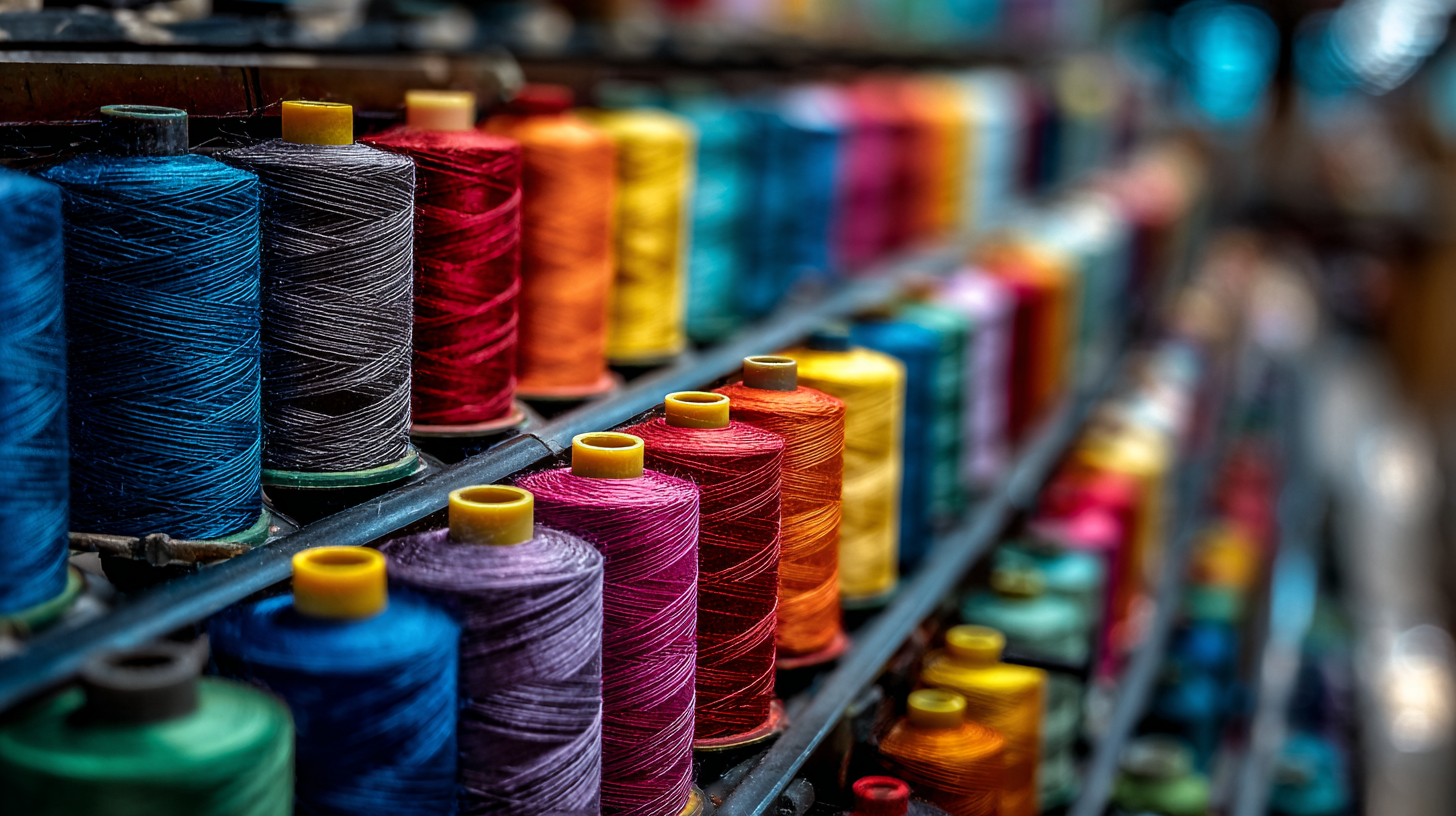 As we delve into the multifaceted applications and benefits of Polyester Staple, we will explore its significance in shaping the contemporary textile market, innovations in production techniques, and the environmental considerations associated with its use. By grasping the essentials of Polyester Staple, stakeholders in the textile industry can make informed decisions that align with both market trends and sustainability goals.
As we delve into the multifaceted applications and benefits of Polyester Staple, we will explore its significance in shaping the contemporary textile market, innovations in production techniques, and the environmental considerations associated with its use. By grasping the essentials of Polyester Staple, stakeholders in the textile industry can make informed decisions that align with both market trends and sustainability goals.
The Evolution of Polyester Staple in the Textile Industry
The evolution of polyester staple in the textile industry has been a remarkable journey, redefining manufacturing practices and consumer preferences alike. Initially introduced in the mid-20th century, polyester fiber rapidly gained popularity due to its durability, versatility, and ease of care. By the early 2000s, polyester had established itself as a dominant force, accounting for nearly 65% of the global fiber market, as reported by the International Fiber Council. This growth trajectory is largely driven by its applications across various sectors, including apparel, home textiles, and industrial uses.
Recent industry forecasts suggest that the global polyester market is expected to reach a staggering $540 billion by 2025. This projection is bolstered by the rising demand for sustainable textile solutions, which has prompted innovations in recycled polyester staple fibers. According to a 2021 Textile Exchange report, the production of recycled polyester is projected to grow by 60% over the next five years, reflecting a significant shift toward eco-friendly practices in the industry. This evolution highlights the adaptability of polyester staple, aligning with both market trends and consumer values, making it a crucial ingredient in the future of textiles.
Key Properties and Benefits of Polyester Staple Fiber
Polyester staple fiber plays a pivotal role in the global textile industry, which is valued at a staggering $540 billion. Known for its durability, versatility, and cost-effectiveness, polyester staple is increasingly favored in a variety of applications, from clothing to home textiles. Its resistance to wrinkles, mold, and mildew makes it an ideal choice for both consumers and manufacturers seeking high-quality, low-maintenance fabrics. Additionally, polyester staple fibers can easily blend with other fibers, enhancing the overall performance and aesthetic of textile products.
The U.S. viscose staple fiber market, valued at $0.80 billion in 2022, further highlights the rising interest in fiber materials. This market is expected to grow at a CAGR of 5.2%, signaling opportunities for growth within the textile sector. As production of natural cellulose fibers surges—tripling since 2000—consumers are increasingly drawn to eco-friendly alternatives. This shift toward sustainable products and the innovative uses of polyester aim to address environmental concerns while meeting the ever-evolving demands of the textile marketplace.
Polyester Staple Fiber Production by Region (2022)
Market Trends and Growth Drivers in Polyester Staple Demand
The polyester staple fiber market is witnessing remarkable growth, driven by a surge in demand across various sectors, particularly in textiles. The global market is projected to reach a substantial USD 58.6 billion by 2033, expanding at a CAGR of 7.7%. This growth is influenced by several factors, including the increasing acceptance of polyester in the production of carpets and rugs, as well as its vital role in sportswear manufacturing. Consumers are becoming more aware of the benefits of polyester, such as durability and cost-effectiveness, leading to enhanced adoption in both residential and commercial applications.
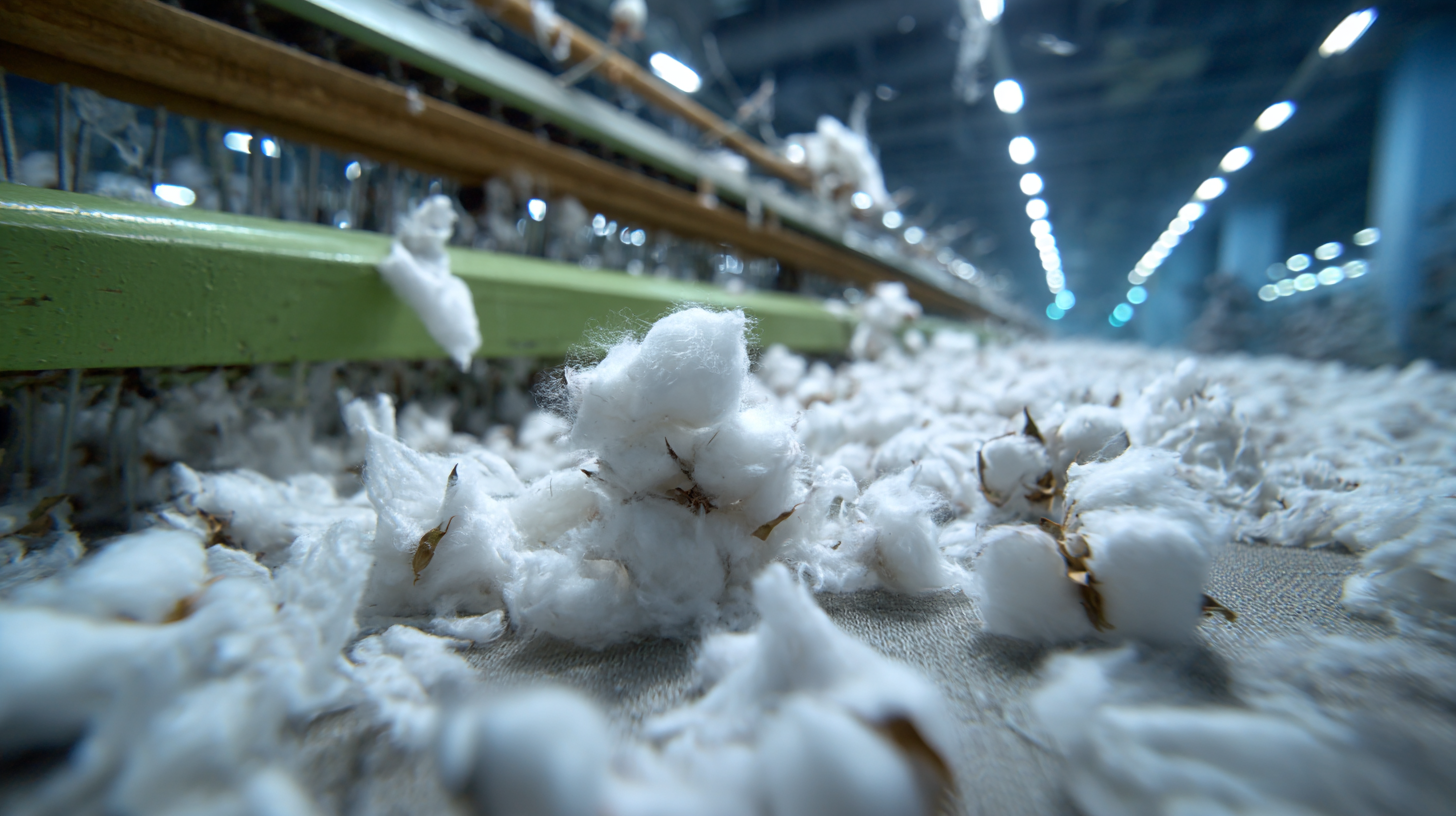
Tips for maximizing your investment in polyester staple include staying abreast of market trends and shifts in consumer preferences. As eco-consciousness rises, consider sourcing sustainable materials or innovative blends that appeal to environmentally aware consumers. Additionally, leveraging advances in textile technology can provide a competitive edge, allowing for the production of high-performance fabrics that meet the evolving demands of the market. Understanding these dynamics will not only help in making informed decisions but also in capturing significant market opportunities.
Sustainability Challenges and Innovations in Polyester Production
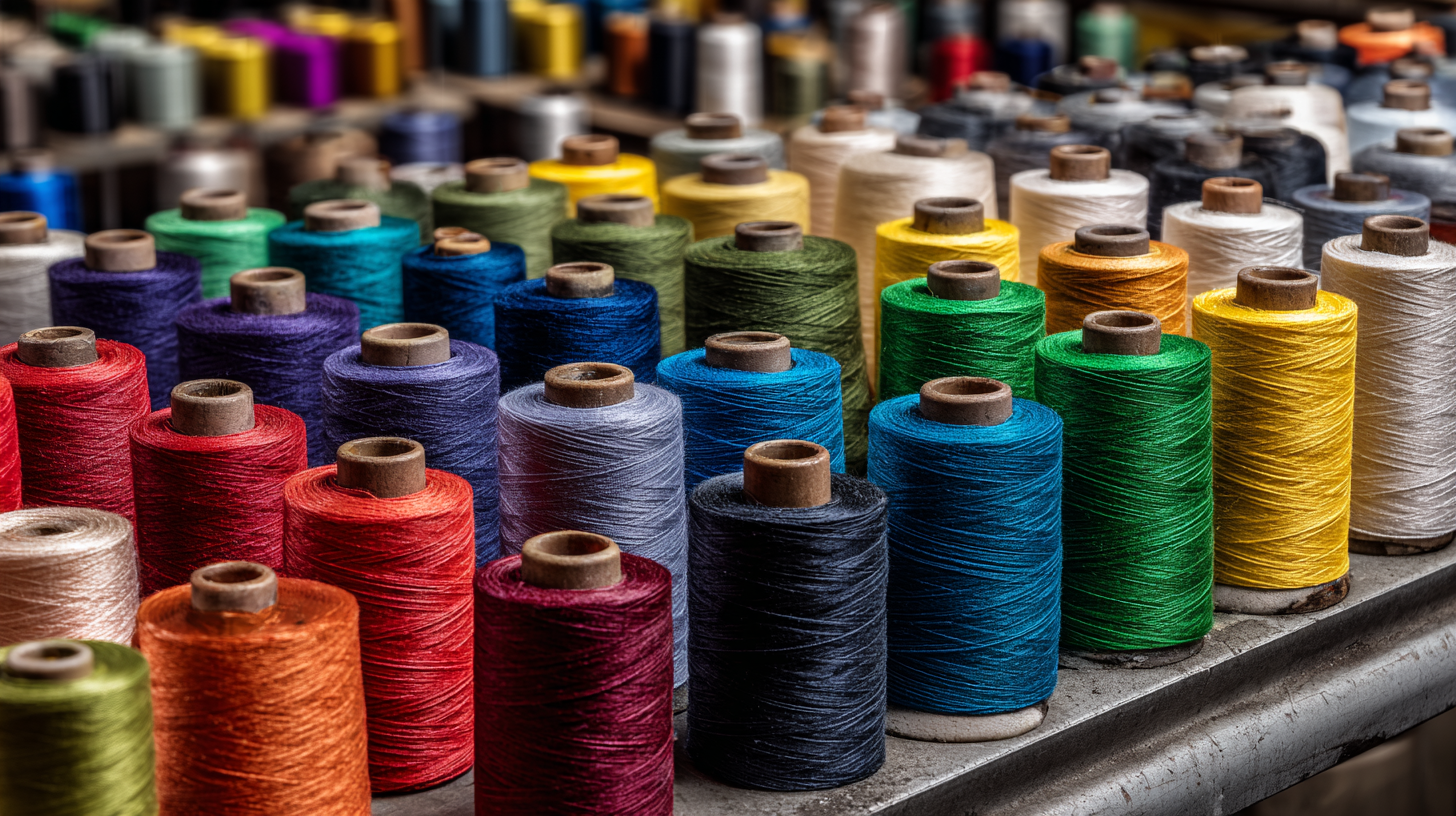 Polyester staple, a key component of the global textile industry valued at $540 billion, faces significant sustainability challenges. The production of polyester, primarily derived from petroleum, contributes to environmental pollution and high carbon emissions. However, new innovations are paving the way for more sustainable practices. For instance, the development of bio-based polymers is gaining traction, aiming to reduce reliance on fossil fuels. Additionally, advancements in recycling technologies are enabling the reprocessing of used polyester into new fiber, thus minimizing waste.
Polyester staple, a key component of the global textile industry valued at $540 billion, faces significant sustainability challenges. The production of polyester, primarily derived from petroleum, contributes to environmental pollution and high carbon emissions. However, new innovations are paving the way for more sustainable practices. For instance, the development of bio-based polymers is gaining traction, aiming to reduce reliance on fossil fuels. Additionally, advancements in recycling technologies are enabling the reprocessing of used polyester into new fiber, thus minimizing waste.
Tips for consumers interested in supporting sustainability include opting for brands that prioritize recycled materials and transparent supply chains. Moreover, consider selecting clothing made from post-consumer recycled polyester, which helps divert plastic waste from landfills. Educating oneself about the environmental impact of different textiles can also influence purchasing decisions, leading to more responsible consumer behavior in the fashion industry. Embracing these practices can contribute to a more sustainable future in textile production.
Future Outlook: The Role of Polyester Staple in Global Textile Markets
The global textile market is witnessing a transformative phase, heavily influenced by the increasing demand for polyester staple fibers. By 2033, the market size for polyester staple fiber is projected to reach USD 58.6 billion, growing at a compound annual growth rate (CAGR) of 7.7%. This surge can be attributed to heightened consumer preferences for innovative and sustainable textile solutions, particularly within performance-driven sectors like activewear and sportswear. As consumers place greater emphasis on functionality and durability, manufacturers are increasingly turning to polyester staple fibers to meet these evolving demands.
Moreover, international trade dynamics are shifting, presenting new opportunities for regions like Bangladesh to enhance their yarn exports. By learning from the successes of Indonesia and Vietnam, Bangladesh can strategically position itself in the global textile supply chain. As sustainability concerns become more pronounced, the industry is also adapting by incorporating eco-friendly practices, ensuring that polyester staple fiber not only meets market needs but aligns with the growing agenda for responsible manufacturing. This dual focus on growth and sustainability will likely shape the future landscape of the global textile industry.
Related Posts
-
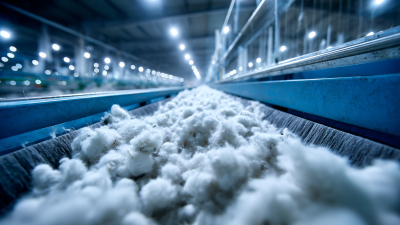
How to Choose the Right Polyester Staple for Your Textile Production Needs
-
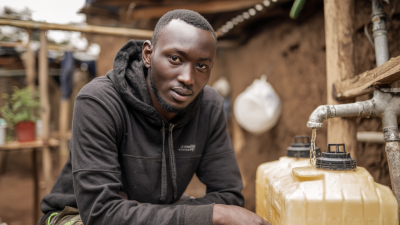
The Future of Sustainable Water and Sanitation Solutions
-

7 Best Ways to Utilize Hydrophobic Natural Fibers in Sustainable Fashion
-

5 Smart Tips to Choose the Right Fiber Polypropylene for Your Needs
-

Exploring Industry Applications of Best Hollow Conjugate and Understanding Its Functionality
-

Maximizing Value with Best Fiber Black Through Superior After Sales Service and Cost Efficient Repairs



